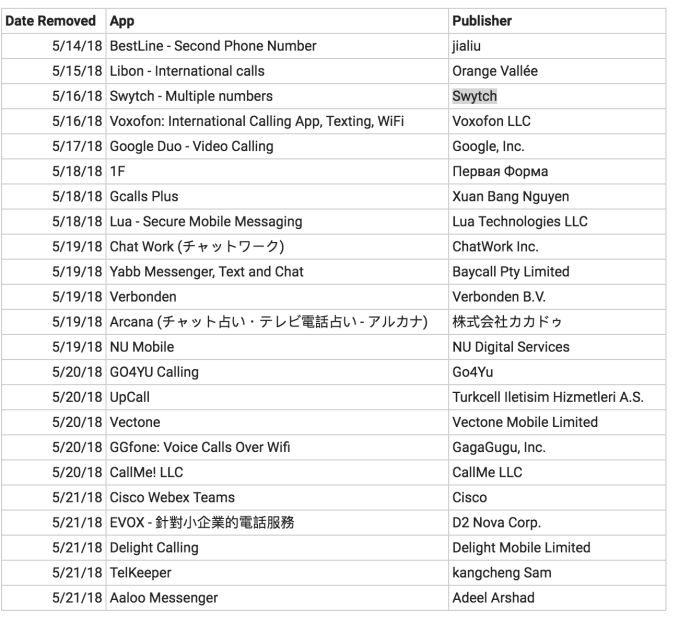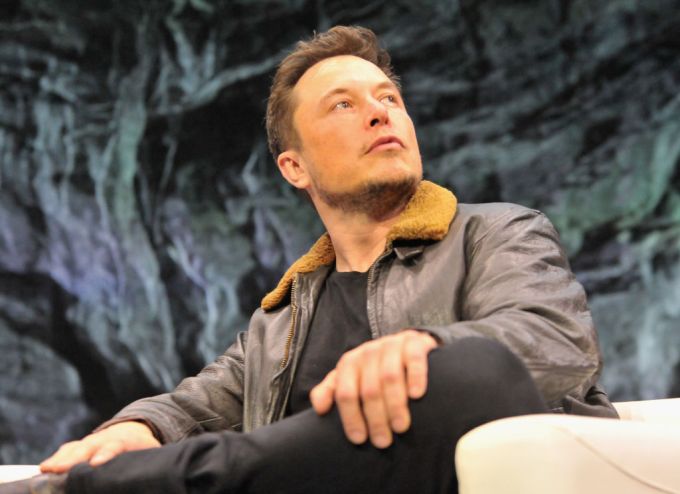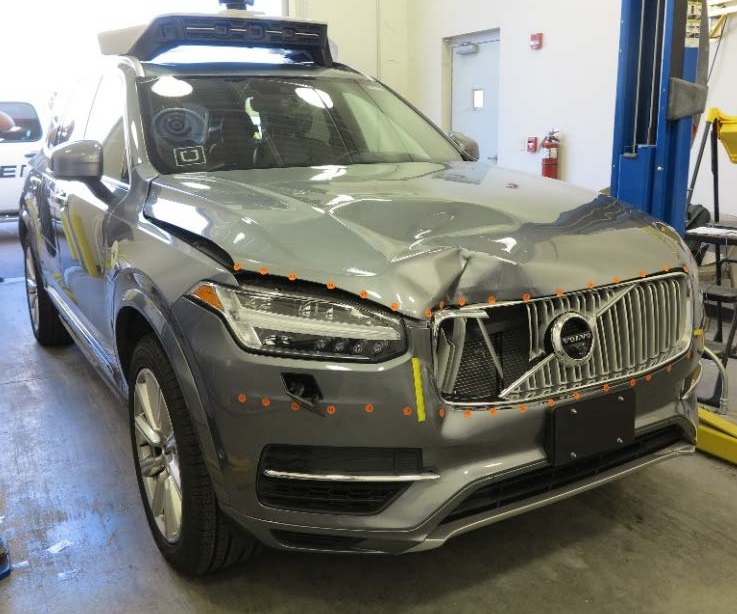After two years coming down the pipe at tech giants, Europe’s new privacy framework, the General Data Protection Regulation (GDPR), is now being applied — and long time Facebook privacy critic, Max Schrems, has wasted no time in filing four complaints relating to (certain) companies’ ‘take it or leave it’ stance when it comes to consent.
The complaints have been filed on behalf of (unnamed) individual users — with one filed against Facebook; one against Facebook-owned Instagram; one against Facebook-owned WhatsApp; and one against Google’s Android.
Schrems argues that the companies are using a strategy of “forced consent” to continue processing the individuals’ personal data — when in fact the law requires that users be given a free choice unless a consent is strictly necessary for provision of the service. (And, well, Facebook claims its core product is social networking — rather than farming people’s personal data for ad targeting.)
“It’s simple: Anything strictly necessary for a service does not need consent boxes anymore. For everything else users must have a real choice to say ‘yes’ or ‘no’,” Schrems writes in a statement.
“Facebook has even blocked accounts of users who have not given consent,” he adds. “In the end users only had the choice to delete the account or hit the “agree”-button — that’s not a free choice, it more reminds of a North Korean election process.”
We’ve reached out to all the companies involved for comment and will update this story with any response.
The European privacy campaigner most recently founded a not-for-profit digital rights organization to focus on strategic litigation around the bloc’s updated privacy framework, and the complaints have been filed via this crowdfunded NGO — which is called noyb (aka ‘none of your business’).
As we pointed out in our GDPR explainer, the provision in the regulation allowing for collective enforcement of individuals’ data rights in an important one, with the potential to strengthen the implementation of the law by enabling non-profit organizations such as noyb to file complaints on behalf of individuals — thereby helping to redress the imbalance between corporate giants and consumer rights.
That said, the GDPR’s collective redress provision is a component that Member States can choose to derogate from, which helps explain why the first four complaints have been filed with data protection agencies in Austria, Belgium, France and Hamburg in Germany — regions that also have data protection agencies with a strong record defending privacy rights.
Given that the Facebook companies involved in these complaints have their European headquarters in Ireland it’s likely the Irish data protection agency will get involved too. And it’s fair to say that, within Europe, Ireland does not have a strong reputation for defending data protection rights.
But the GDPR allows for DPAs in different jurisdictions to work together in instances where they have joint concerns and where a service crosses borders — so noyb’s action looks intended to test this element of the new framework too.
Under the penalty structure of GDPR, major violations of the law can attract fines as large as 4% of a company’s global revenue which, in the case of Facebook or Google, implies they could be on the hook for more than a billion euros apiece — if they are deemed to have violated the law, as the complaints argue.
That said, given how freshly fixed in place the rules are, some EU regulators may well tread softly on the enforcement front — at least in the first instances, to give companies some benefit of the doubt and/or a chance to make amends to come into compliance if they are deemed to be falling short of the new standards.
However, in instances where companies themselves appear to be attempting to deform the law with a willfully self-serving interpretation of the rules, regulators may feel they need to act swiftly to nip any disingenuousness in the bud.
“We probably will not immediately have billions of penalty payments, but the corporations have intentionally violated the GDPR, so we expect a corresponding penalty under GDPR,” writes Schrems.
Only yesterday, for example, Facebook founder Mark Zuckerberg — speaking in an on stage interview at the VivaTech conference in Paris — claimed his company hasn’t had to make any radical changes to comply with GDPR, and further claimed that a “vast majority” of Facebook users are willingly opting in to targeted advertising via its new consent flow.
“We’ve been rolling out the GDPR flows for a number of weeks now in order to make sure that we were doing this in a good way and that we could take into account everyone’s feedback before the May 25 deadline. And one of the things that I’ve found interesting is that the vast majority of people choose to opt in to make it so that we can use the data from other apps and websites that they’re using to make ads better. Because the reality is if you’re willing to see ads in a service you want them to be relevant and good ads,” said Zuckerberg.
He did not mention that the dominant social network does not offer people a free choice on accepting or declining targeted advertising. The new consent flow Facebook revealed ahead of GDPR only offers the ‘choice’ of quitting Facebook entirely if a person does not want to accept targeting advertising. Which, well, isn’t much of a choice given how powerful the network is. (Additionally, it’s worth pointing out that Facebook continues tracking non-users — so even deleting a Facebook account does not guarantee that Facebook will stop processing your personal data.)
Asked about how Facebook’s business model will be affected by the new rules, Zuckerberg essentially claimed nothing significant will change — “because giving people control of how their data is used has been a core principle of Facebook since the beginning”.
“The GDPR adds some new controls and then there’s some areas that we need to comply with but overall it isn’t such a massive departure from how we’ve approached this in the past,” he claimed. “I mean I don’t want to downplay it — there are strong new rules that we’ve needed to put a bunch of work into into making sure that we complied with — but as a whole the philosophy behind this is not completely different from how we’ve approached things.
“In order to be able to give people the tools to connect in all the ways they want and build committee a lot of philosophy that is encoded in a regulation like GDPR is really how we’ve thought about all this stuff for a long time. So I don’t want to understate the areas where there are new rules that we’ve had to go and implement but I also don’t want to make it seem like this is a massive departure in how we’ve thought about this stuff.”
Zuckerberg faced a range of tough questions on these points from the EU parliament earlier this week. But he avoided answering them in any meaningful detail.
So EU regulators are essentially facing a first test of their mettle — i.e. whether they are willing to step up and defend the line of the law against big tech’s attempts to reshape it in their business model’s image.
Privacy laws are nothing new in Europe but robust enforcement of them would certainly be a breath of fresh air. And now at least, thanks to GDPR, there’s a penalties structure in place to provide incentives as well as teeth, and spin up a market around strategic litigation — with Schrems and noyb in the vanguard.
Schrems also makes the point that small startups and local companies are less likely to be able to use the kind of strong-arm ‘take it or leave it’ tactics on users that big tech is able to use to extract consent on account of the reach and power of their platforms — arguing there’s a competition concern that GDPR should also help to redress.
“The fight against forced consent ensures that the corporations cannot force users to consent,” he writes. “This is especially important so that monopolies have no advantage over small businesses.”
Image credit: noyb.eu
 Read Full Article
Read Full Article



